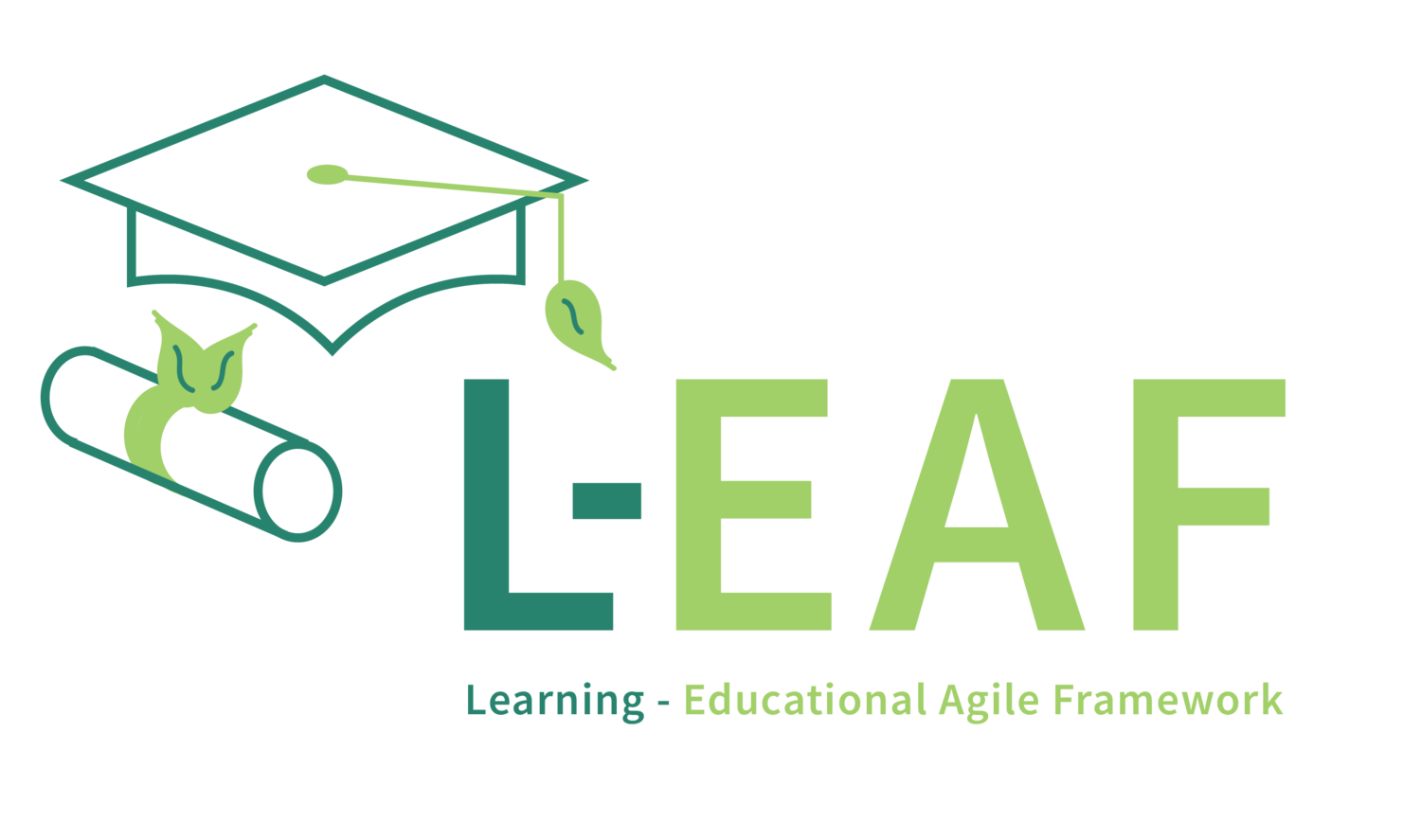Demonstration: Shining a Light on Learning Success with LearningFLOW
Following the collaborative efforts of Planning, Refinement, Risk Management, and Collaboration, student teams in LearningFLOW arrive at the crucial stage of demonstration. This practice provides a platform for students to showcase their learning achievements, celebrate success, and gather valuable feedback to guide their further growth.
The Significance of Demonstration:
Enhanced Understanding: By actively presenting their work and explaining their processes, students solidify their understanding of the concepts and gain a deeper appreciation for their learning journey.
Confidence Building: Successfully demonstrating learning outcomes fosters confidence and a sense of accomplishment in students, motivating them to continue striving for excellence.
Valuable Feedback: Demonstrations provide opportunities for peers and teachers to offer constructive feedback, helping students identify areas for improvement and refine their skills.
Effective Communication: Through presentations and discussions, students develop their communication skills, learn to articulate their thoughts clearly, and present themselves confidently in various settings.
Bringing Demonstration to Life in LearningFLOW:
Diverse Presentation Formats: Encourage students to showcase their learning through a variety of engaging formats, such as presentations, exhibitions, performances, or creative projects.
Audience Engagement: Promote active participation from the audience by incorporating interactive elements, asking questions, and inviting feedback.
Peer-to-Peer Learning: Encourage students to learn from each other by providing opportunities for peer review and constructive feedback during demonstrations.
Celebrating Achievements: Recognize and celebrate student successes through positive reinforcement, awards, and public recognition.
By embracing the power of demonstration, LearningFLOW empowers students to become active participants in their learning journey. Student teams can use Demonstrations to share knowledge and learnings with other teams, helping to reduce the burden on the teacher. Demonstration follows a basic narrative of describing the learning goal, sharing the approaches explored, demonstrating how the team has met the learning objective and then asking for specific feedback. This practice fosters a sense of community and shared ownership of learning, creating a dynamic and supportive environment where everyone can thrive.
Join us for our final post on LearningFLOW, where we'll delve into the crucial role of retrospection and explore how reflecting on the learning process can unlock continuous improvement.
